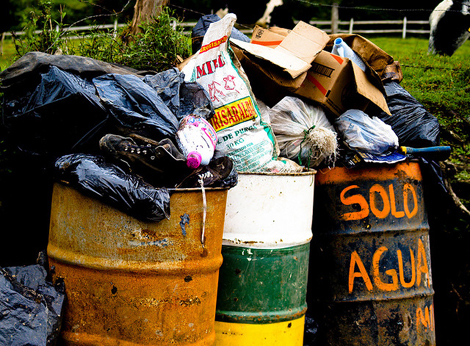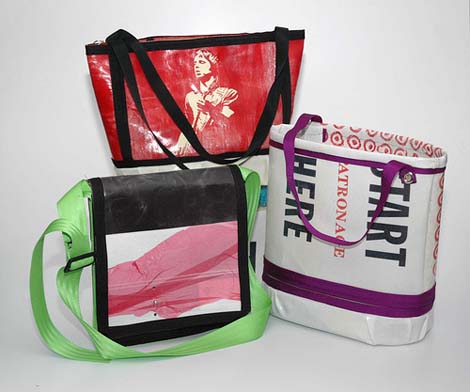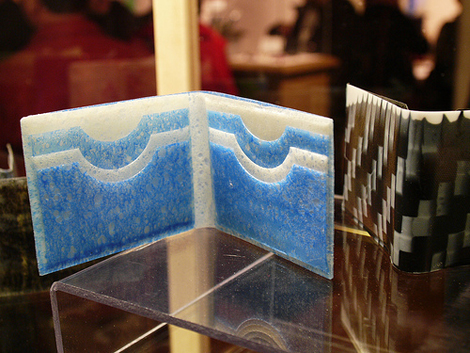Waste for Life: Making Trash Useful

One of the greatest challenges and sources of opportunity for modern engineers is thinking up ways to repurpose the waste material that pervades our planet. Many organizations are already finding clever ways to tackle this issue. For example, every year the PBS show Design Squad holds a “Trash to Treasure” competition, which challenges students to design something useful produced from waste materials. Now meet Waste for Life, a non-profit coalition of students, designers, and engineers who are working in Argentina and Lesotho to upcycle waste into usable materials:
Here’s how it works:
Recently, students from the Rhode Island School of Design (RISD) have teamed up with Waste for Life to design beautiful products from garbage-based material. In addition, the students are working on improvements to the hot press, and some may even have the opportunity to travel to Buenos Aires next year. Below are a few examples some useful items RISD students have dreamed up:

Metro Bag designed and created by Stephanie Retz at RISD for Waste for Life
(photo: Mark Johnston)

Watch Band designed and created by Erin Knowlton at RISD for Waste for Life (photo: Mark Johnston)

Wallet designed and created by Robert Wells at RISD for Waste for Life

Images:
paul bridgewater/Flickr
wasteforlife/Flickr
Filed under: e-News, Environmental, Materials, Mechanical
Tags: Environmental, Giving Back, Materials, Mechanical








